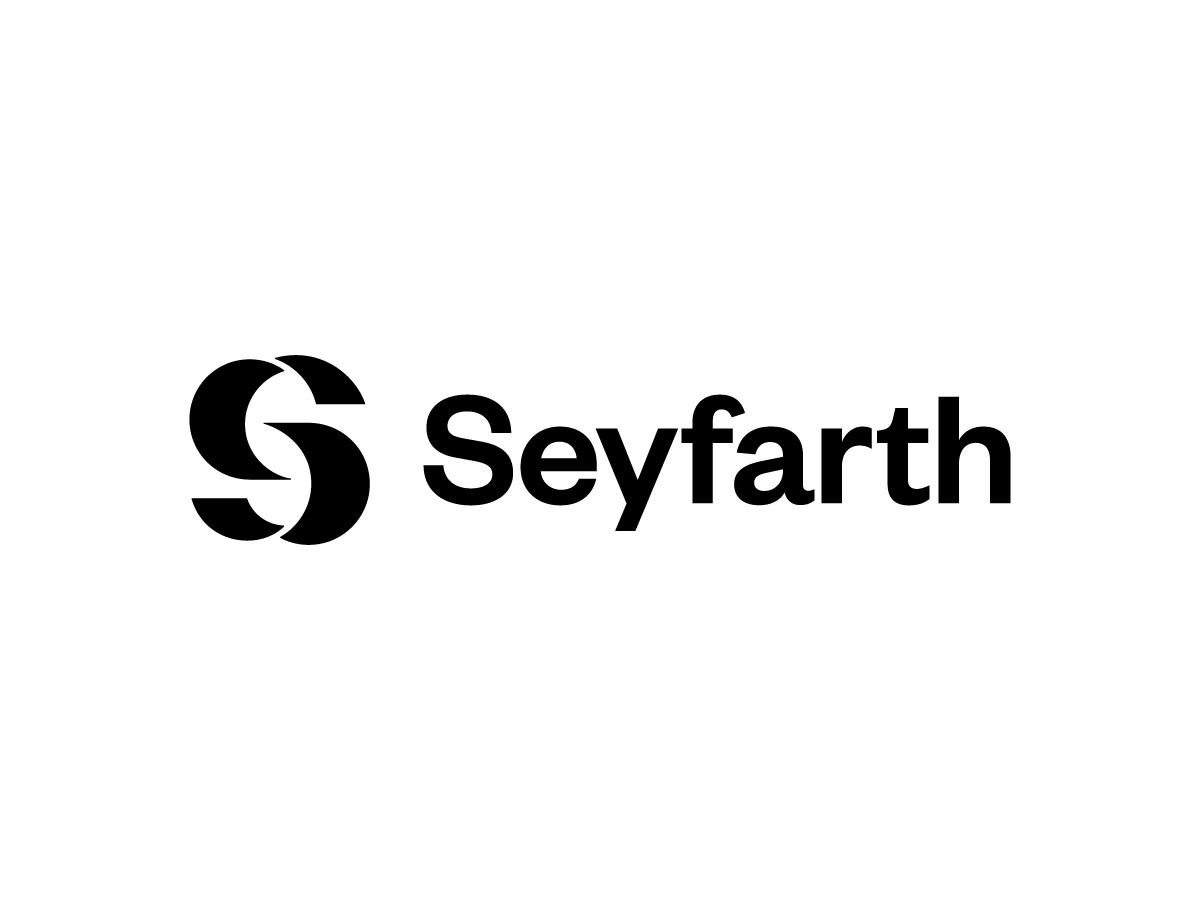Slick Lawyers, Sloppy Staff Make Immigration Waiting Lists Even Worse
One of the immigration system’s lesser problems — the border crisis overshadows all others — is the backlog in the employment-based (EB-2) program. In fiscal year 2020, the Congressional Research Service projected a backlog of 568,414 EB-2 visas for people from India, 59,034 for Chinese aliens, and no backlog at all for “RoW” or the rest of the world (see Table 2 in this CRS report).
There about 40,000 of these EB-2 visas that can be used in a single year. They are for “aliens of exceptional ability” or those with advanced degrees. Those with “extraordinary ability” — a higher threshold — or “outstanding professors or researchers” and certain international executives get EB-1 visas.
The CRS report includes a projection of the EB-2 visa waiting time for Indians for fiscal year 2030 at 436 years
America’s practice, something unknown elsewhere in the world, is to put into the visa queue aliens who appear to be qualified for the document in question despite the fact that congressional ceilings mean that the visas cannot be used for years or decades to come. The CRS report includes a projection of the EB-2 visa waiting time for Indians for fiscal year 2030 at 436 years; yes, years. (I think that you could come up with such a number only if you assumed that no one on the waiting list ever died; I am not sure who would hire a 436-year-old worker.)
With more than 600,000 people standing in line for the EB-2 visas, you might think that Congress would do something about the situation. But nothing has happened; the problem is that doing anything is more painful than just ignoring the issue. One could simply let them all in, but that would tip our immigration mix even further toward a single nation, India. One could simply eliminate the waiting list, but that would seem to be unduly harsh on a population that dutifully filled all those requirements, and paid certain fees, counting on America to deliver a green card.
Given the stalemate on the Hill, the executive branch, could, if it cared enough, have done several things to ease, if not solve the problem. For instance, the Department of Homeland Security could seriously increase EB-2 fees to dampen the number of applications. It could also be tougher in its decision-making, turning down a majority of applicants as a matter of policy; none of this has happened.
All of this came to my attention recently when two industry outfits placed messages on the internet seeking to increase the number of EB-2 applications — just exactly what we do not need.
The pitch in the video produced by Visa Franchise relates to a relatively new subset of EB-2 visas, those given to aliens who seek to obtain a National Interest Waiver (NIW), meaning that they get the visa without a need for a U.S. employer. The message is a simple one: You need a good immigration lawyer if you want to get one of these visas. Smoothly produced, it never gets around to saying anything about the huge backlogs for Indians (and smaller ones for the Chinese), the people who already apply in great numbers.
More interesting was an item, also encouraging EB-2 NIW applications, that gave us some (long-hidden) information about EB-1 and EB-2 decision ratios, indicating that in nine of the 10 years examined the approval rates for EB-2 visas were 93 percent or above, and that in the same 2009 to 2019 period the EB-1 approval rates were over 79 percent in nine of the 10 years. In other words, an overly relaxed staff was granting lots of approvals in a program that seems to demand high standards. Saying yes eight to nine times out of 10 cases, directly and indirectly, just increases those backlogs.
That such high approval rates are not needed is shown when you compare the 10-year average results to the outcomes during 2019, the third year of the Trump era. Here are the comparisons:
| Immigration Program |
Approvals, 10-Year Period, 2090-2019 |
Approvals, FY 2019 |
| EB-1 | 81% | 51% |
| EB-2 | 93% | 83% |
| Source: “What is the EB-2 approval rate?”, eb2niw.info. | ||
The drop in approval rates for the EB-1 program cannot have been an accident. Such an approval rate, if extended over several years to the EB-2 program would reduce the growth of the backlog numbers noted above.
Given everything else we know, one can safely assume that the current (Biden era) approval rates are back up to historical levels.




